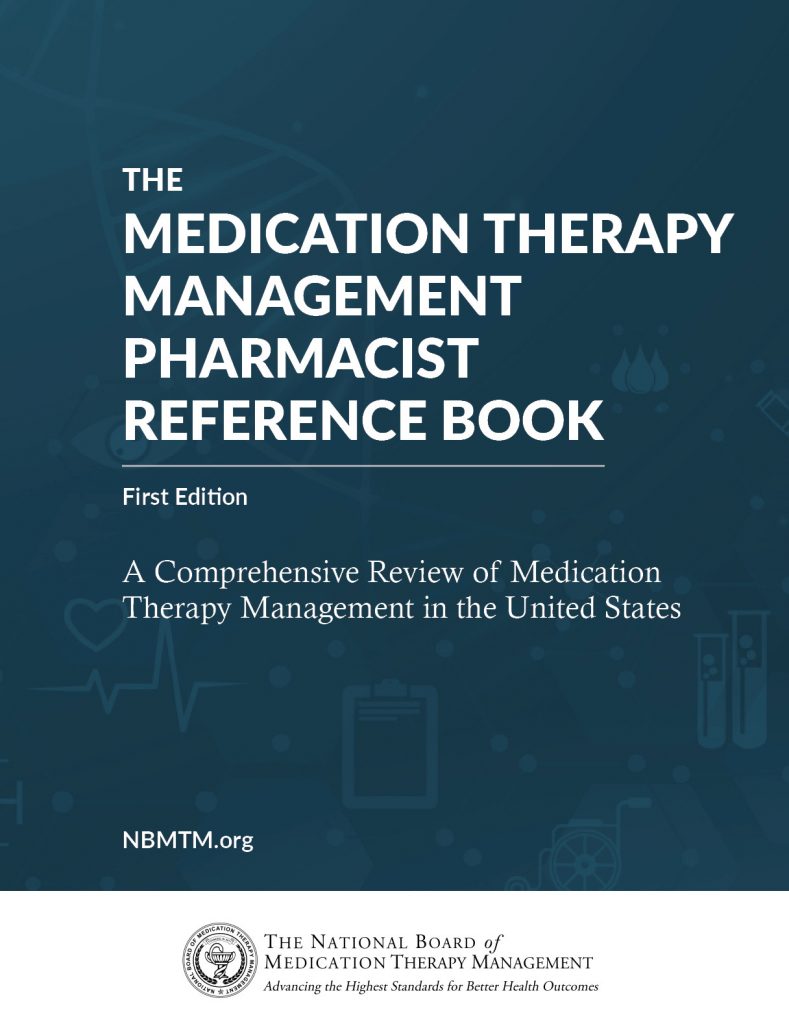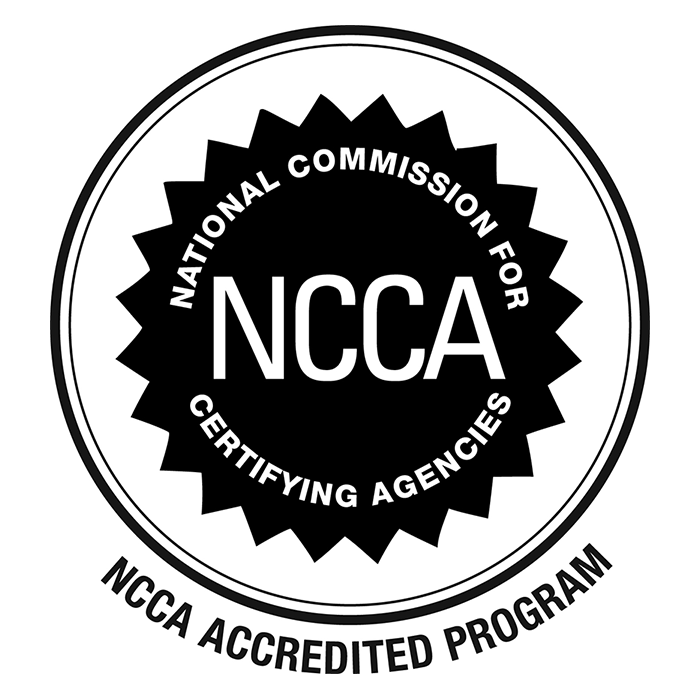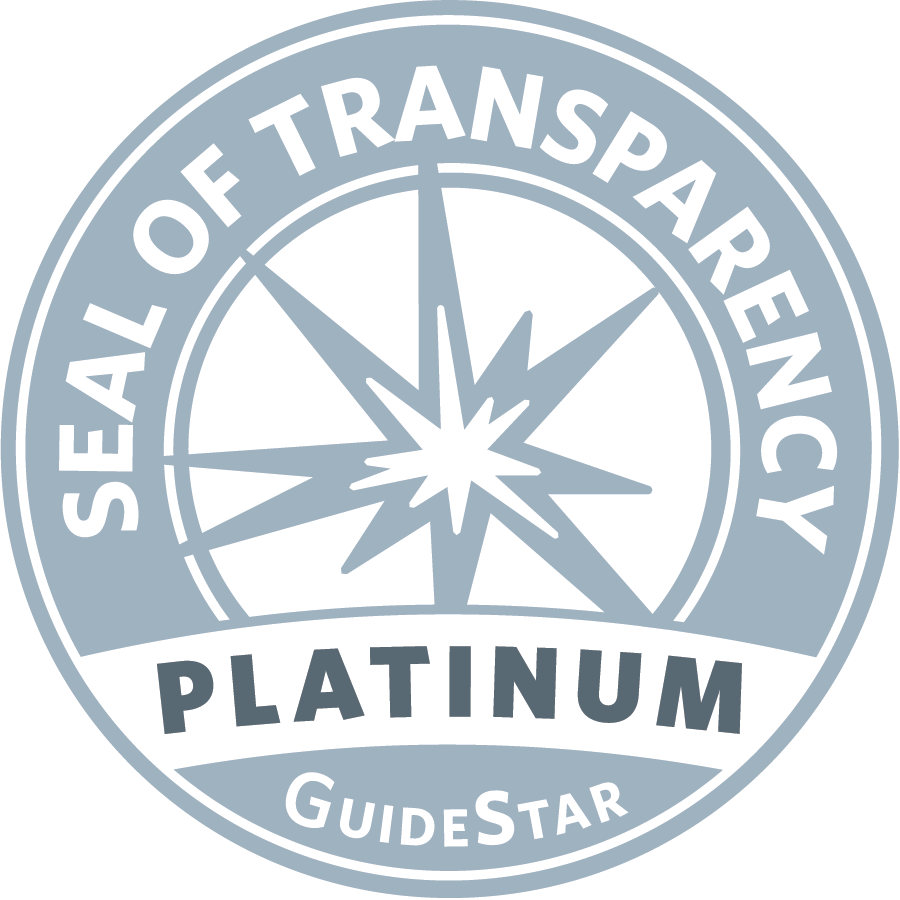
Chapter 9: What Are Targeted Medication Reviews and Why Are They Becoming So Popular?
As mentioned previously in this document, TMRs are a subset of MTM that is in contrast to a CMR and must be performed quarterly by Part D sponsors. TMRs may seek to accomplish any of the following:
- Determine unresolved issues and whether they need attention
- Assess medication use
- Assess whether the targeted beneficiary has undergone a transition of care
- Determine whether new medication-related problems have arisen or are likely to arise
TMRs have emerged as a cost-effective option to continuously manage and resolve medication-related problems, either in conjunction with or before a yearly CMR. One advantage of a TMR is that it can identify issues on a more regular basis than CMRs and other appointment-based clinical options.
Another advantage of TMRs is that Part D sponsors have a great deal of flexibility when it comes to operationalization and implementation. Sponsors may choose to utilize an MTM provider, typically a pharmacist, or may use software solutions that implement clinical rules. Once identified, the medication-related problem (whether actual or potential) can be communicated either to the patient or directly to the prescriber via passive notification. The latter is a notably less expensive option since it can be performed via mail or fax, obviating the need for a provider-to-provider phone call.
Patients who receive TMRs may be getting multiple interventions in a calendar year. Therefore, numerous medication-related problems are being addressed over time, in contrast to CMRs, which address several medication-related problems but all in one sitting. The fact that interventions are spread out, rather than discussed all at once, might be easier for patients to understand and for primary care providers to communicate with their patients.
Reduction of Inpatient Admissions and ED Visits
In 2019, a study was conducted by the Part D sponsor Humana.8 The study was a retrospective, propensity score-matched cohort study of patients in Part D plans that received MTM services between January 1, 2014, and December 31, 2015. The propensity-score matched the groups receiving treatment (TMR, CMR, or a combination of TMR and CMR) to similar patients who did not receive MTM treatment; the latter served as the control group.
Patients eligible to receive MTM had at least three of the five core chronic conditions: diabetes, heart failure, hypertension, hyperlipidemia, and osteoporosis. Patients had been prescribed at least eight chronic medications and met the minimum drug spend set by CMS.
The 2014 groups did not have statistically significant differences in any of the groups for the number of ED visits.
In 2014 and 2015, the TMR group and the combined TMR and CMR group had slight, but statistically significant differences in the number of inpatient admissions per 1000 patients. The 2014 TMR group had 55.2 (29-81, 95% CI) fewer inpatient admission per 1000 patients, and the 2014 CMR and TMR combination group had 62.1 (43-82, 95% CI) fewer inpatient admission per 1000 patients. The 2015 TMR group had 30.8 (20-42, 95% CI) fewer inpatient admission per 1000 patients, and the 2015 CMR and TMR combination group had 37.9 (28-48, 95% CI) fewer inpatient admission per 1000 patients.
In the 2015 groups, the TMR group and the TMR and CMR combined groups both had slight, but statistically significant differences in the number of ED visits per 1000 patients. The 2015 TMR group had 26.1 (11-41, 95% CI) fewer ED visits per 1000 patients, and the 2015 CMR and TMR combination group had 37.9 (28-48, 95% CI) fewer inpatient admission per 1000 patients.
Cost-Effectiveness
In 2015, a pharmacoeconomic analysis1 was conducted showing that TMRs and similar interventions (lumped together as non-CMR interventions) were at least as effective and possibly less costly than CMR intervention. The data showed a non-statistically significant decrease in cost and an increase in effectiveness when utilizing non-CMR interventions versus CMR interventions.
The study was conducted at the University of Arizona College of Pharmacy through their Medication Management Center (MMC) program. The study compared CMR and non-CMR interventions in patients that were eligible to receive and automatically enrolled in an MTM program because they met the CMS requirements. Patients had at least three of five core chronic conditions, were taking at least three medications, and were incurring medications costs higher than the CMS minimum spend, $3,100 annually in 2012.
For every 0.94 adverse drug events prevented, non-CMRs cost $157.02 ($69.96-$391.52, 95% CI) and for every 0.93 adverse drug events prevents, CMRs cost $192.60 ($42.20-$337.03, 95% CI). The overall model estimated that non-CMRs saved $5,377.08 per adverse drug event when compared to CMRs.
Likelihood of Acceptance
A study in 201746 showed that the focused nature of TMRs might lead to a greater acceptance of interventions by providers. Additionally, TMRs may be able to identify medication-related problems that an MTM provider would miss since TMRs can identify medication-related problems based on claims data, whereas CMRs are based on patient provided information.
The study was a retrospective, cross-sectional, observational project which compared CMR to non-CMR interventions in patients enrolled in a Medicare Part D program receiving services through the University of Arizona Medication Management (MMC) program. Patients were included that qualified for MTM services based on their sponsors’ criteria during the 2012 or 2012 calendar year. Medication changes were defined as the addition or removal of a medication within 120 days of the pharmacist recommendation by using electronic claims data.
In 2012, CMRs were more likely to result in an intervention sent to a patient’s provider as compared to a non-CMR (56% versus 47%), and the 2013 data were similar (53% versus 41%). Despite the difference in the number of interventions sent, the number of positive medication changes was comparable in 2012 between CMR and non-CMR (82% versus 83%), and in 2013 between CMR and non-CMR (82% versus 83%). These data imply that non-CMR interventions are more likely to be accepted by providers and result in positive medication changes.
- Chinthammit, C., Armstrong, E. P., Boesen, K., Martin, R., Taylor, A. M., & Warholak, T. (2015). Cost-Effectiveness of Comprehensive Medication Reviews Versus Noncomprehensive Medication Review Interventions and Subsequent Successful Medication Changes in a Medicare Part D Population. Journal of Managed Care & Specialty Pharmacy, 21(5), 381–389. https://doi.org/10.18553/jmcp.2015.21.5.381
[↩]



